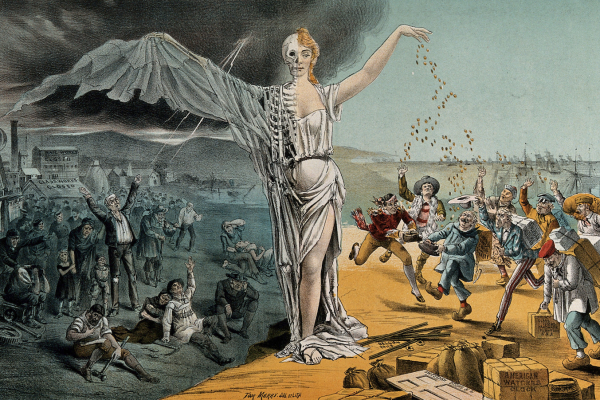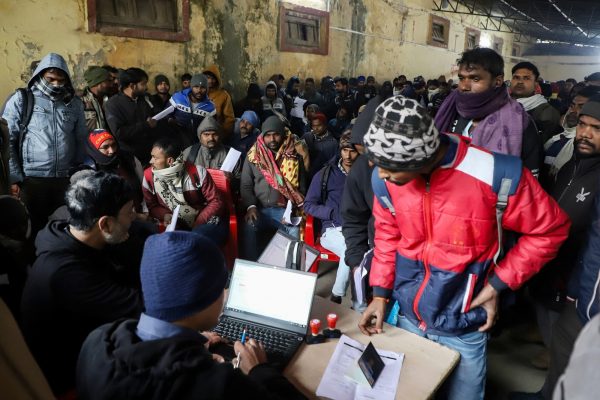In the spring of 2000, I began a three-year stint on Citigroup’s corporate-derivatives team. I was just months past my twentieth birthday, with no work experience to speak of, in a world beyond my imagination. As my boss summed me up after a day of interviews, I was “fucking unpolished.”
The credit-derivatives group, then just three or four people I sat next to, soon spawned an ever-expanding team managing ever-more complex creations: credit-default swaps, collateralized debt obligations, and the myriad other structures built with black boxes and shrouded by acronyms. Meanwhile, my group continued to peddle mostly the forbears of these recent menaces, the more mundane interest-rate swaps and Treasury-rate locks. The newer derivatives, though hardly identical to their predecessors, nonetheless evolved in similar environments, were likewise designed to manipulate risk, and were also customized on a trade-by-trade basis.
Our clients were non-financial corporations, the Deltas and Verizons of the world, which relied on us for advice and education. Our directive was “to help companies decrease and manage their risks.” Often we did just that. And often we advised clients to execute trades solely because they presented opportunities for us to profit. In either case, whenever possible we used our superior knowledge to manipulate the pricing of the trade in our favor.
I never heard this arrangement described as a conflict of interest. I learned to think we were simply smarter than the client. For unsophisticated clients, being smarter meant quoting padded rates. For the rest, a bit of “legerdemath” was required. Most brazenly, we taught clients phony math that involved settling Treasury-rate locks by referencing Treasury yields rather than prices.
If a client requested verification of our pricing, we volunteered to fax a time-stamped printout of market data from when the trade was executed. One person talked to the client on the phone while another stood by the computer and repeatedly hit print. The printouts were sorted, and the one showing the most profitable rate for the bank was faxed to the client, regardless of which rate was actually transacted. If a rate for the client’s specific trade was not on the printout, we might create rigged conversion spreadsheets for them to use in conjunction with the printout.
Other sources of profit lay in details that clients thought were merely procedural but in actuality affected pricing as well. Once, a client called after his interest-rate swap was completed and asked to change a method of counting days. Unbeknownst to him, this change should have lowered his rate. I made the requested change but kept his rate the same, allowing us to realize unwarranted profit. This was standard practice. My coworkers knew what I had done, as did the traders, as did the people who booked trades. I even tallied the “restructuring” as an achievement in a letter angling for a higher bonus.
When the media discuss a lack of transparency in the pricing of over-the-counter derivatives, they suggest a murky world, where things happen in shadows. This imagery is poorly chosen. “Things” don’t happen in the dark, but in well-lit trading floors like ours. Engaging in these practices was just part of our day-to-day activities, as natural as picking up one’s dry-cleaning. After all, in an open room three-quarters of the size of a football field, with hundreds of people working and mingling, how could anything be wrong?
Last year a friend in the credit-card division of one of the major banks told me that his group had received an award. “Great news,” I thought. He then explained that the group had managed to increase the rates charged on the bank’s entire portfolio of credit cards before regulation limiting such increases took effect. Does this sound like an industry that is learning?








